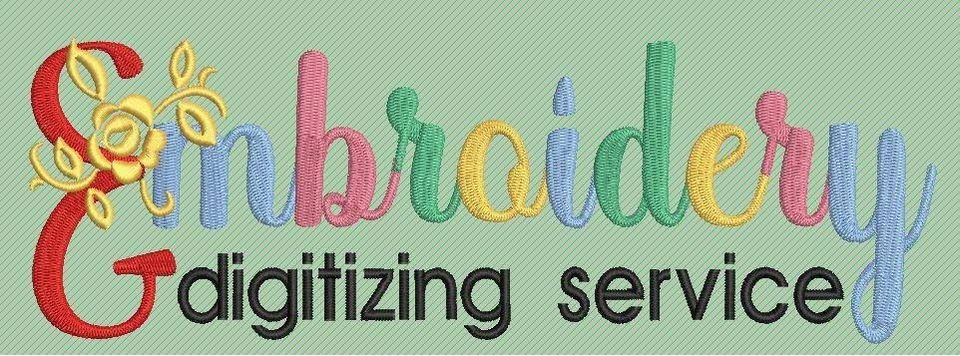Embroidery digitizing is a fascinating process that transforms your designs into beautiful stitched creations. But what exactly is digitizing in the context of embroidery? Let’s delve into the basics and explore the intricacies of this essential aspect of machine embroidery.
What is Digitizing for Embroidery?
Digitizing, in the realm of embroidery, involves converting a design file into a set of instructions that an embroidery machine can interpret to stitch threads in a specific pattern. It’s a meticulous process that requires precision and expertise. Think of it as translating your design into a language that the machine understands, enabling it to bring your vision to life through stitches.
Locating a Digitized Embroidery File
Digitized files are specialized files used exclusively for commercial embroidery machines. They aren’t something you typically possess unless you’ve had one made for a previous project. These files are distinct from vector art files and are essential for the embroidery process. Without a digitized file, an embroidery machine cannot execute the design.
Digitizing Instructions
A digitized embroidery file contains detailed instructions crucial for achieving the desired outcome. These instructions cover various aspects, including:
- Underlay: Initial stitches that secure the fabric and prepare it for the main design.
- Path: Determines the sequence and order of stitching for different parts of the design.
- Pull Compensation: Adjustments made to accommodate different fabric types and their stretching properties.
- Stitch Types: Specifies the types of stitches to be used, such as run stitches, satin stitches, and fill stitches, each serving specific purposes within the design.
These instructions ensure that the embroidery machine stitches the design accurately and effectively, regardless of the fabric type or complexity of the design.
Digitizing Software and Embroidery Files
Popular digitizing software like Pulse and Wilcom are used to create digitized embroidery files. These files typically have a .dst extension and are compatible with most embroidery machines. However, editing files outside of their native format may not always be possible without the original software.
Our Digitizing Service
When it comes to digitizing your custom embroidery design, we offer two options:
- In-House Digitizing: We handle the digitizing process from start to finish, ensuring high-quality results. Our fees include sewouts for your approval, guaranteeing satisfaction with the final product.
- External Digitizing: While you can opt for digitizing services elsewhere, we recommend caution as quality can vary. Additionally, external digitizing may incur additional costs if adjustments are needed.
Digitized Fonts
For text-based embroidery, we offer a selection of pre-digitized fonts, saving you time and money. These fonts are available in various sizes, eliminating the need for custom digitizing for simple text designs.
Gaining proficiency in embroidery digitizing service will help you create embroidery products that are even more exquisite. It is a science as well as an art. Whether you’re a beginner or an expert embroiderer, knowing the fundamentals of digitizing is critical to getting flawless results in your work.

